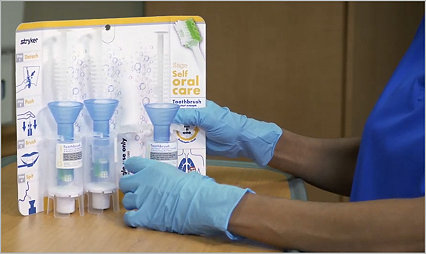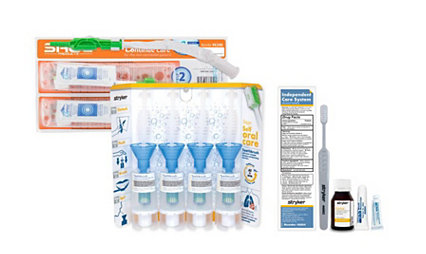The critical connection between NV-HAP and sepsis
25-Sep-2024

1-minute read
Jo Ann Brooks, PhD, RN, FAAN, FCCP
Unsuspecting bedfellows: Sepsis and Nonventilator Hospital-Acquired Pneumonia
Infection Control Today explores the importance of NV-HAP and sepsis prevention
Sepsis is a major healthcare challenge, responsible for hundreds of thousands of deaths each year and significant financial strain. While it receives much attention, nonventilator hospital-acquired pneumonia (NV-HAP) is a less recognized but equally serious issue. NV-HAP leads to high rates of morbidity and mortality, yet it lacks national mandates for prevention and reporting, creating an urgent need for greater awareness and action.
Patient oral care and the overlooked connection between NV-HAP and sepsis
Studies reveal a strong connection between NV-HAP and sepsis, with a significant number of sepsis cases developing from NV-HAP. This underscores the importance of patient oral care to help address some of the risk factors of NV-HAP as part of a comprehensive strategy to reduce sepsis rates and improve patient outcomes.
For more details on this critical relationship and its implications for healthcare, read the full article here.
Learn more about NV-HAP
Prevent hospital-acquired pneumonia by reducing any potential risk factors
Hospital oral care plays a pivotal role in reducing the risk of HAP by minimizing the colonization of harmful bacteria in the respiratory tract.
Learn moreThe association between daily toothbrushing and hospital-acquired pneumonia
The release of the updated SHEA/IDSA/APIC Strategies to Prevent HAP in 20221 has reminded healthcare providers that oral hygiene is an essential intervention but has sparked new discussions about comprehensive oral care. A systematic review and meta-analysis by Ehrenzeller and Klompas (2023)2 looked at the role of toothbrushing.
Learn moreSage oral hygiene systems for non-ventilated patients
Non-ventilator hospital-acquired pneumonia (NV-HAP) can occur on every hospital unit, including in younger, healthy patients. (1)
Learn moreJo Ann Brooks, PhD, RN, FAAN, FCCP is a paid consultant of Stryker. The data included in this presentation was collected by the author of this presentation. The opinions expressed are those of Jo Ann Brooks, PhD, RN, FAAN, FCCP and are not necessarily those of Stryker. Individual results may vary.
Reference:
1. Brooks JA, Unsuspecting Bedfellows: Sepsis and Nonventilator Hospital-Acquired Pneumonia, Infection Control Today, May 6, 2024. Available at: https://www.infectioncontroltoday.com/view/unsuspecting-bedfellows-sepsis-nonventilator-hospital-acquired-pneumonia. Accessed: August 12, 2024.
SAGE-OC-COMM-1250356_REV-0_en_us



